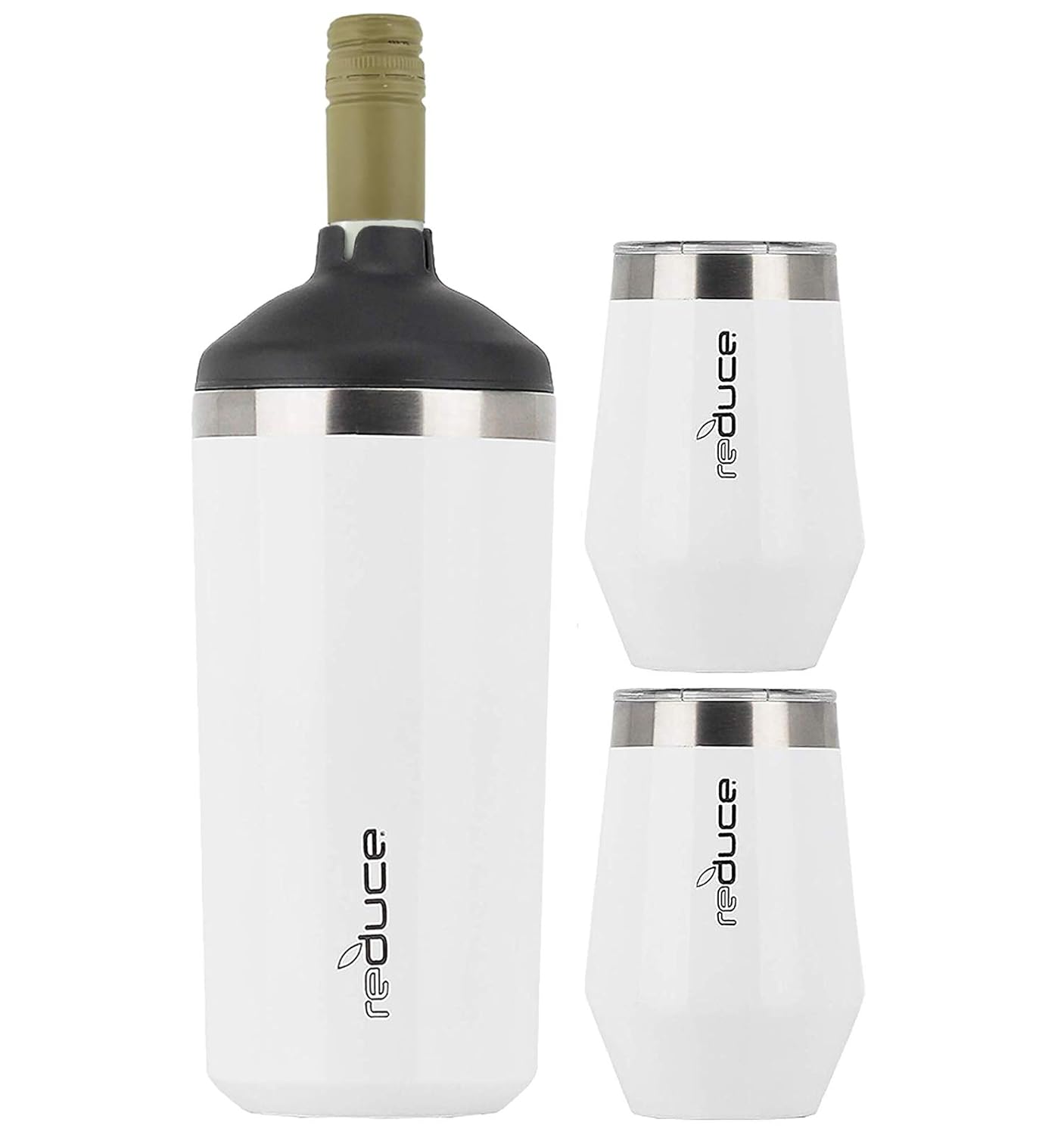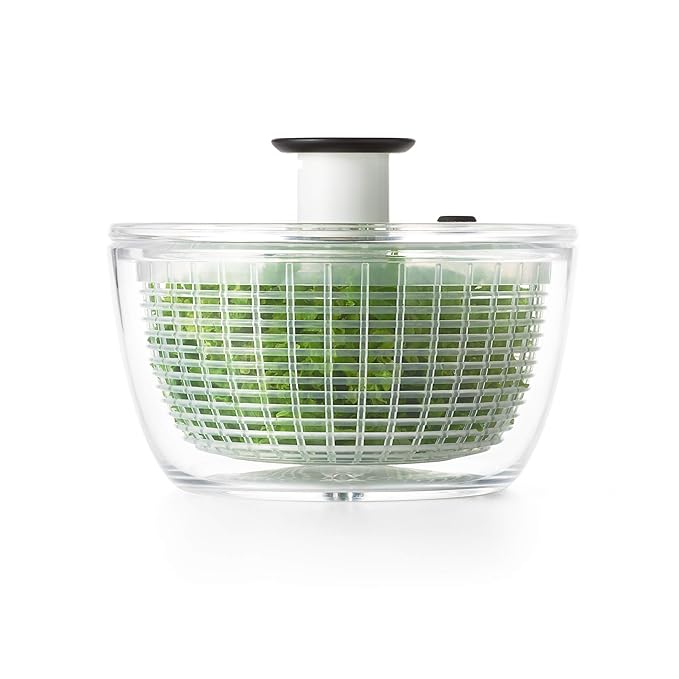
Poor wine. Beloved as you are, you never can seem to completely shake the nagging stereotype that you’re a bit complicated, bound by rules and guidelines that lead people to find you intimidating and inaccessible. Pair this wine with that dish; Drink this in one season, and that another; Serve these bottles chilled and those at room temp.
While I’m not here to tell you to throw the whole guidebook out the window, I will say, if you’ll allow another cliché, that when it comes to wine, some rules are indeed meant to be broken. So go ahead: drink Champagne with your entrée (and honestly, really just as much as possible); enjoy rosé all year long; pop a couple of bottles of red in the cooler at your next barbecue. That’s right, summer is finally here again and we want you to light up the grill and chill out with some cool red wine.
A Couple Things to Keep in Mind
Reluctant as I am to underscore that thing I just said about guidelines and stereotypes, there are some things you’ll want to consider when it comes to shopping for a good summer red.
How Chilling Affects Structure. Contradictory though it may seem, dropping the temp of a bottle (not too much of course; more on that in a minute) actually turns up the volume on several elements of the wine’s structure. Lighter-bodied, high-acid reds are going to taste even more refreshing, as the cooler temperature emphasizes brightness and acidity. Fruit aromas and flavors will also be dialed up, making it fun to play with more fruit-forward selections. (And no, not sweet. Think juicy fruit flavor without the actual literal sugar content.) Just be mindful that the astringent, dry-in-the-mouth thing that tannins bring to the table will also be more pronounced and can quickly overwhelm everything on the table.
Related Reading: How to Stock Your Wine Rack with 8 Bottles for Every Occasion
It’s All About the (Low) Alcohol. When in doubt, look for a red between 12% and 13% (mayyyyybe 13.5%) ABV. By and large, reds in this alcohol range will have the ideal structural elements you’re looking for in a chillable bottle.
Be Chill But Not Too Chill. Overcooling a wine—whether it be red, white, or rosé—is basically equivalent to putting it on mute. It’s not a High Life, you don’t want it to be chug-perfect ice cold. For reds, you’re going to want something in the 50-55 degree range. So, go ahead and stick it in the cooler, just don’t forget about it for longer than 15 to 20 minutes.
Consider Production Method. This will likely take a little research or require a chat with a knowledgeable store clerk, but it’s worthwhile to consider how the wine is made. Wines that undergo carbonic maceration (a fermentation process that emphasizes freshness and fruit in the finished product) are ideal candidates for a little chill. Beaujolais is the classic example of wines often made using this method, though a lot of new-minded producers in California are experimenting with the style (Kivelstadt Cellar’s “KC Lab” Zinfandel and Stolpman’s Carbonic Zinfandel come to mind). Reds that are fermented and aged in neutral vessels like stainless steel and concrete will more likely be of the fresh, easy, ready-to-drink variety, which is ideal for summer. Kyle Jeffrey, a young winemaker and sales rep for the Revel portfolio in Southern California, calls out Steve Matthiasson’s Tendu red as another example of a wine that relies on production technique to aid quaffability.
“A blend of Aglianico and Montepulciano, it’s an awesome no-SO2 option that is fermented at cool temperatures allowing for less extraction of tannin,” he says.
Ok, But Specifically, What Am I Looking For?
We tapped a couple of industry experts to talk us through what to look for in terms of grapes, regions, and bottles.
Pinot Noir
Specifically when sourced from cool-climate regions of France, California’s Sonoma Coast, or Oregon, it’s a pretty fail-safe candidate. While the grape may not be the first thing that comes to mind when people think of Sancerre, the prized Loire Valley region makes some incredibly compelling Pinot (Lucien Crochet and Gitton Père et Fils are two favorite producers). Bright and fresh with a tart red berry juiciness, these wines tend to have a unique maritime quality and slight pepper-spice note that makes them a dynamite match with whole grilled fish. Get our Campfire Trout with Herbs and Bacon recipe.
Related Reading: 16 Super Drinkable (& Affordable!) Wines for BBQ Season, According to the Pros

Chowhound
They may rank among the best wines in the world, but red Burgundy—okay, Burgundy in general—usually falls at a fairly restrictive price point (and that’s kind of not the point of a backyard barbecue/porch red, amiright?). Still, if you have your heart set on it, there are great values to be found at the regional level, aka Bourgogne Rouge, meaning that the fruit can be sourced from throughout the whole of Burgundy as opposed to a specific village or vineyard.
Gamay
Of course, if you’re looking in the Burgundy region, you might as well just divert your attention a little south to Beaujolais, whose Gamay-based reds are arguably the OG of chillable red wines. While bottles from one of the region’s ten “crus” represent the highest quality, recent “It” status as an industry darling has price tags consistently creeping up. Allison Whittinghill, a sommelier and general manager at New Orleans natural wine restaurant Bar Frances, recommends Lapierre’s “Les Raisins Gaulois,” the entry-level, young-vine bottling from the children of one of the region’s most celebrated winemakers.
“From Marcel’s kids to God’s ears…this is a glou-glou wine that delivers,” she praises. “It has the fruit and juiciness and structure that I now come to see as Beaujolais. A low-alcohol, toss-back Gamay with a purpose, perfect for the day-drinker. Pass the cheese and charcuterie please, thanks.”
Throwing it back to the Loire for a minute, Whittinghill points out that the region also produces some tasty barbecue-friendly Gamay. Her favorite at the moment is Olivier Lasson’s “Gama Sutra”, made under his Les Vins Contés label.
“It’s definitely meaty, with a slightly bigger body and more structure for those who don’t want to go super-light. Good for an afternoon when the storms roll in early and you have leftover brisket in the fridge.” Get our Easy Slow Cooker BBQ Beef Brisket recipe.

Chowhound
Blaufränkisch
Alex Alvarez, Advanced Sommelier and wine director at San Francisco’s Cotogna, also has meat on the brain when it comes to picking his favorite summer reds. Among them is the staple Austrian varietal Blaufränkisch, which he describes as smelling like a cross between Cab Franc and Syrah: “It’s meaty and peppery and just crammed with juicy tart red and black fruits. A case of it should be included free with every Weber grill sold at Home Depot.”
Two of his favorite bottles at the moment are Moric’s more serious “midweight, spicy, refreshing” 2014 entry-level bottling, and one from Hungarian producer Pfneisl.
“This is light and juicy and quaffable, a red for vegetables and fish, but still with a hint of the muddy Blau earthiness. And it’s like $15 for a liter of wine. What’s more summery than that?’
Schiava (aka St. Magdalener)
Both Alvarez and Whittinghill recommend this lesser-known grape from northern Italy’s German-speaking Alto Adige region.
“It can be a difficult grape,” Alvarez cautions. “There’s a lot of Schiava out there and most of it is pleasant enough but pretty anonymous and lacking in real character. But, every once in a while you come across one that makes you wonder why you’d want to drink anything else. These are light bodied, fruit-driven reds with just enough tea leaf and orange peel complexity to keep you interested. Plus it works with just about anything that would land on a summer table, from tomatoes in salad to sausages on the grill.” Get our Herbed Heirloom Tomato Salad recipe.

Chowhound
For him, one of those stop-you-in-your-tracks bottles is Franz Gojer’s 2015 St. Magdalener Classico: “Light and soft with what smells like every red fruit under the sun (pomegranates! cherries! strawberries!) and an herbaceous edge.”
Whittinghill’s go-to is from winemaker Elena Walch: “They’re always solid. Tons of red fruit and mineral notes and that classic smokiness at the back end that lends to structure and begs for a chill, el pastor tacos, and a front porch.” Get our Tacos el Pastor recipe.

Chowhound
Lambrusco
And while we’re on the subject of Italy, we would be remiss to overlook Emilia-Romagna’s iconic cold red fizz: Lambrusco. Jeffrey would vouch for a number of northern Italian reds as great summer drinking options (“Novaia’s Corvina from Valpolicella is cheap and delicious“), he notes that a Lambrusco works beautifully throughout the season. Despite its typically inky color and dark berry flavor, the wine’s bubbly effervescence makes it feel like more a natural fit in the fridge (not to mention, a natural partner to charcuterie). It’s worth mentioning also that not all Lambruscos match this classic description. It all depends on the type of Lambrusco grape used. Those made from the Sorbrara variety produce a wine that is much lighter, rosé-tinted with a tangy, raspberry sour beer quality.
Remember What We Said About Rules and How They’re Meant To Be Broken?
While the above-mentioned tenets stand, that doesn’t mean there can’t be exceptions. For the tannin-loving and fuller-bodied summer red drinkers, Alvarez has two different, unexpected suggestions. For the former, he points towards Nebbiolo.
“Yeah, the same Nebbiolo as in high-tannin, high-alcohol, needs-ten-years-in-the-bottle Barolo. But if you look to the Langhe hills, you’ll find some Nebbiolo-based reds that are absolutely perfect for an outdoor midsummer meal.”
Try the 2012 Caves Cooperatives de Donnas Nebbiolo from the Vallée d’Aosta: “tart red fruit, flowers, and tobacco without the bass-y tar aromas and tough tannic structure of Barolo or Barbaresco.”
And what if you want a red with more punch?
“Syrah gets a bad rap. Most people think of it as an inky, alcoholic clunker of a wine best reserved for cold nights in a pot with braised meat. And they’re not all wrong. There are plenty of Syrahs—especially American and Australian—that taste like you’re being force-fed concord grape jelly through a rubber inner-tube. But the best examples, from France’s northern Rhône Valley and from more forward-thinking domestic producers, can be sublime: floral yet savory, intense yet ethereal in a much lighter package (comparatively) than you might expect. The ideal burger grape.”
He recommends Cruse Wine Co.’s 2014 Sonoma County Syrah and Jean-Louis Chave’s 2014 “Offerus” Saint-Joseph.
Get our Bull-Market Burger recipe.

Chowhound
Keep Reading: These 7 Canned Wines Are Living Their Best Life on Instagram
from Food News – Chowhound http://bit.ly/2IGVNhf
via
IFTTT

































